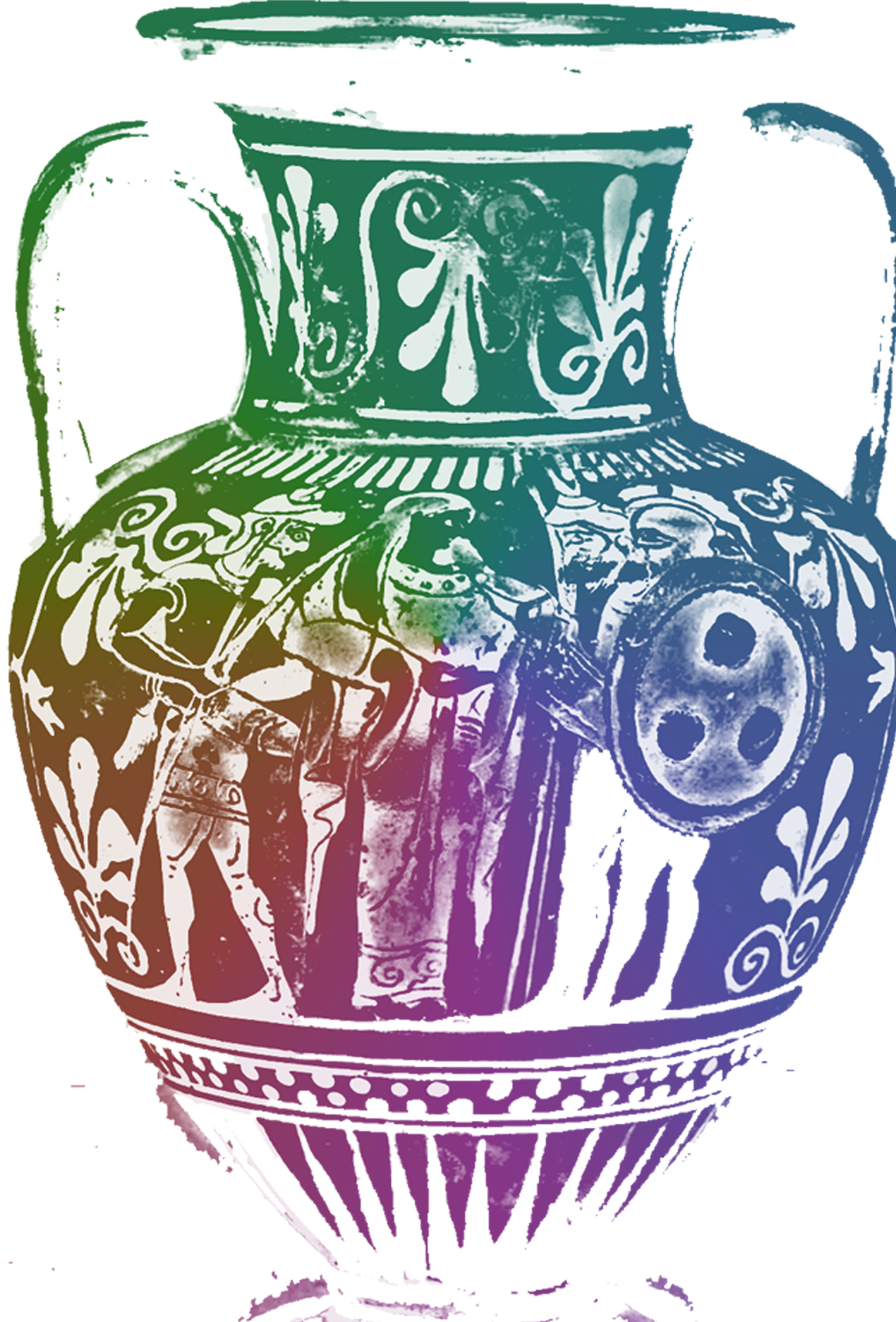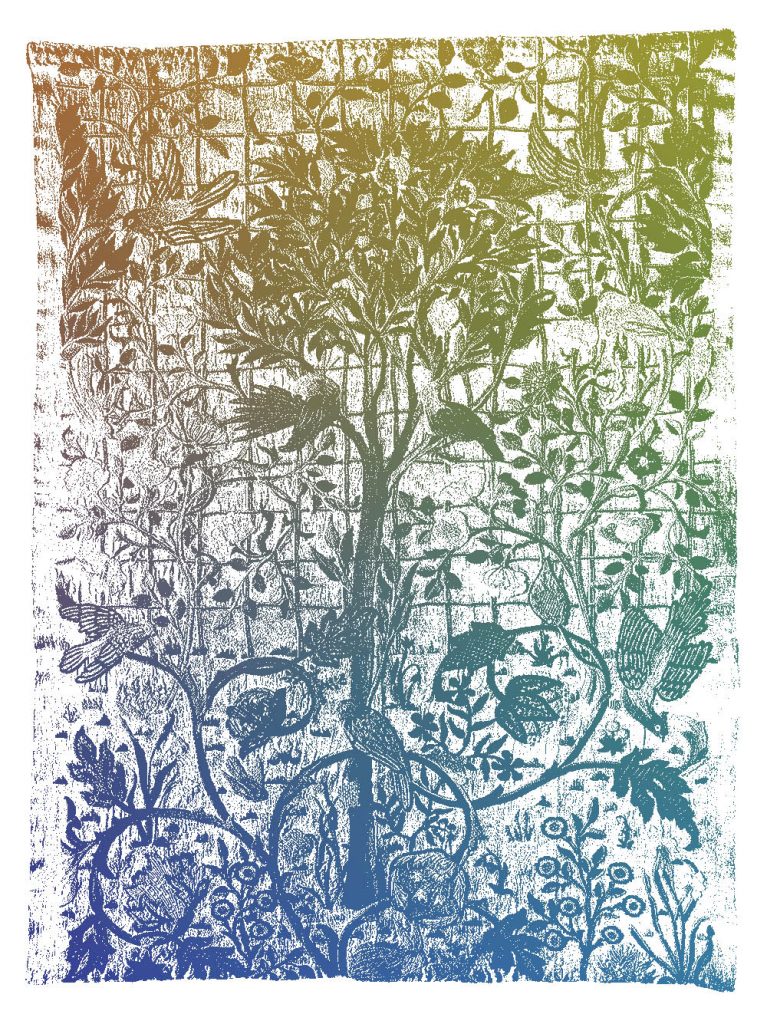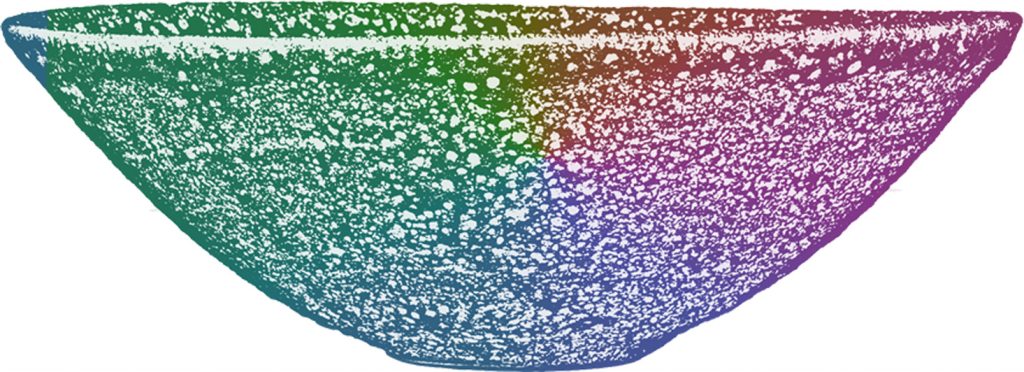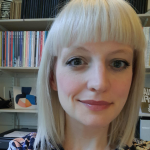LGBTQIA+ stories have often been left out of mainstream history and we are keen to make them more visible. Our new trail highlights unexplored stories from across our collections. Laura Bennison, our Community Engagement Officer, explores how our LGBTQIA+ Hidden Histories Trail came to be and how it was developed.
A new trail created by young adults shines a light on some of the many objects in our collections that contain LGBTQIA+ histories. It sets out to increase the visibility of these previously untold object stories for our visitors.
A wee note on language before we dive in! Language evolves and changes all the time and this blog, like the trail, reflects this. When creating the trail, we found it helpful to refer to a glossary of terms pulled together by the Rainbow City exhibition for City of Edinburgh Museums and Galleries.
Background
The idea for this trail came first from one of our Visitor Experience Assistants. Their time on the galleries talking to visitors had highlighted both that there was a gap in our interpretation and a real interest in LGBTQIA+ stories.

At the same time, our Community Engagement team were approached by a group of young adults in Edinburgh who wanted to explore LGBTQIA+ histories across our collections. They wanted to create a resource showcasing some of these hidden histories for other young people. This idea was part of Creative Pathways: a creative employability programme for 16 to 25-year olds hosted by Impact Arts a community arts charity.
Developing the trail
Over several weeks in autumn 2019, the group carried out their own wide-ranging research into a range of objects, from ceramics to shoes. They were supported by museum staff, including curators and our library staff. One of our volunteer guides also gave them a tour.
At the start of 2020, the group began to meet with curators to get further information, hone their object choices and develop their ideas further. Unfortunately, this process screeched to a halt in March 2020 when COVID-19 arrived. Despite the group moving onto different projects, they came back together to consolidate their work in a series of online sessions with our Community Engagement team in December 2020.

As the trail developed, it became clear that it wasn’t just for young people but for all visitors. There is a contemporary significance to these stories for everyone. A more truthful representation of LGBTQIA+ lives is also an important statement of welcome to members of that community today and a crucial step in demonstrating that museums and cultural institutions are safe spaces for all.
Trail highlights
The trail leads you into different galleries in the museum, including Scottish history, science and technology and the decorative arts. It also takes you around the world.
Arriving in Ancient Greece in approximately 550 BC, we ask you focus in on the illustrations that decorate an amphora (a large vessel used to hold wine or oil). Here we see Herakles, a hero of Greek mythology known for his strength and courage who had a series of relationships with men and women. We also see depictions of the Amazons, mythical fierce female warriors who today have become lesbian icons.
The trail also focuses on the lives of people who created some of our most striking objects. On display in our ‘Design For Living’ gallery is an intricate embroidered wall hanging featuring a pomegranate tree surrounded by flowers a birds. The maker was May Morris, the youngest daughter of William Morris, who lived with Mary Lobb for 22 years, to whom she left the bulk of her estate and possessions to in her will. And British born Emmanuel Cooper was as known for his gay rights activism and political writing as he was his glaze fired pottery which is on display in ‘Making and Creating’.

Always learning
As a research institution, the way we understand the objects in our care is constantly evolving. We are developing a better understanding of the diversity of lived experiences that connect to our objects and ways to reflect these in our galleries and activities.
We’ve tried out the LGBTQIA+ Trail with a range of groups, working with LGBT Youth Scotland. After incorporating the feedback, the trail is now available in paper and digital form (with accompanying audio!).
The young adults involved in this project challenged us to take a more critical look at ourselves by drawing attention to this area of under-represented histories behind our collections. Each one of our objects contains different stories, perspectives and voices that deserve to be discovered and shared. This is only the beginning!
Explore the trail
With huge thanks to Hannah, Dylan, Ivy, Stuart, Gareth and Laura (National Museums Scotland), Mabli, Victoria, Stephanie, Zoel, Tom, Wren, Finn and Simon. Find out more about the project from Ivy’s perspective, one of the young people involved.
This project is supported by our NLHF-funded Scotland 365 Youth Engagement Team, who will take a role in promoting and advising on social media content and marketing.
LGBTQIA+ stories have often been left out of mainstream history and we are keen to make them more visible through stories told by our objects, LGBTQIA+ voices in the museum and by bringing in external perspectives. Explore the stories so far.
And if you want to help us tell these stories, send us a pitch!
